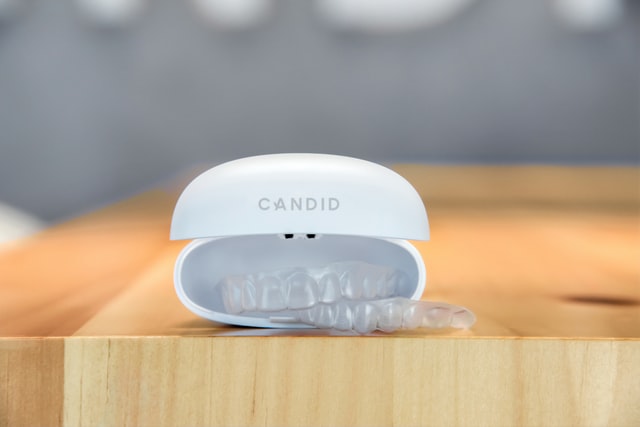
Do you want to achieve that picture-perfect smile? If the answer is yes, you’ve probably gone through different dental services to help correct any lingering issues you have had with your teeth over the years. While traditional metal braces are still popular, more modern options, like clear aligners, are now readily available.
In this article, we will discuss some issues that an Invisalign retainer can fix.
1. Overbite
Overbite, or buck teeth, is a Class II malocclusion or “bad bite” that occurs when your top front teeth extend beyond your bottom front teeth. It is usually due to a difference in jawbone alignment. Many people have a slight overbite because of the nature of a normal jaw. However, a more severe overbite should be corrected because it may lead to tooth decay, gum disease, or jaw pain.
2. Underbite
This is the opposite of an overbite. An underbite, clinically named prognathism, is a Class III malocclusion that occurs when the lower jaw protrudes beyond the upper jaw. Like an overbite, it can range from minor to severe, and it may cause pain, discomfort, and self-consciousness.
3. Crowded Teeth
Dental crowding occurs when the mouth does not have enough space for all your teeth, causing them to be twisted or misaligned. Crowding can be mild, moderate, or severe, depending on the patient’s jaw size. This dental problem should be corrected to ensure that all teeth are in good shape and functioning as they should.
4. Open Bite
An open bite occurs when the upper and lower teeth slant outwards and do not touch when the mouth is closed. It could occur in the front or the back of the mouth, although an open frontal bite is much more common. This condition is often caused by genetics or poor oral habits like sucking the thumb or lower lip and pushing the tongue against the back of the teeth.
5. Crossbite
When teeth are lined up correctly, the upper teeth are naturally wider because they lay on the outside of the bottom teeth. But with a crossbite, your upper teeth fit inside of lower teeth. The misalignment can either appear at the front of the mouth (anterior) or the sides of the mouth (posterior).
6. Gap Teeth
Gaps or spaces between the teeth can form anywhere in the mouth, but they are often more noticeable when they occur on the two upper front teeth. Some people have natural gaps, while others have gapped teeth due to external causes over time. Having small gaps is typically not a big issue. However, wider gaps may put you at risk for certain complications and oral health conditions such as tooth decay and gum disease.
How Can Invisalign Fix These Problems?
Clear braces, like Invisalign, are an alternative dental treatment to traditional metal braces. It is made from a flexible thermoplastic material called SmartTrack.
Your dental care professional will make you new, custom-made aligners for a few weeks or months at a time to keep your teeth gradually moving into the desired position. It’s a process without all the restrictions that come with metal braces. For example, an Invisalign retainer does not have sharp areas that can poke and prod your gums and the skin inside of your mouth. You can also remove them when you eat and brush your teeth.
Conclusion
Invisalign is generally a safe and effective treatment for several dental conditions. However, Invisalign is not a good treatment option in some cases, like when patients have complex malocclusions, severe tooth decay, or gum disease. To know which option is best suited for you, you can consult your dentist.
If you are looking for a dentist in Mansfield, Texas, trust Ivy Rose Family Dentistry. We are proud to offer Invisalign solutions that are suitable for teens and adults. Virtually invisible, these clear aligners are an excellent way to help improve your smile. Get in touch with us today to schedule an appointment!

